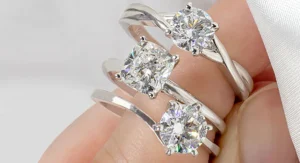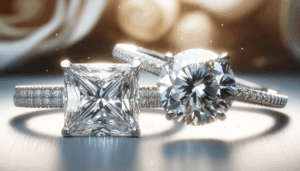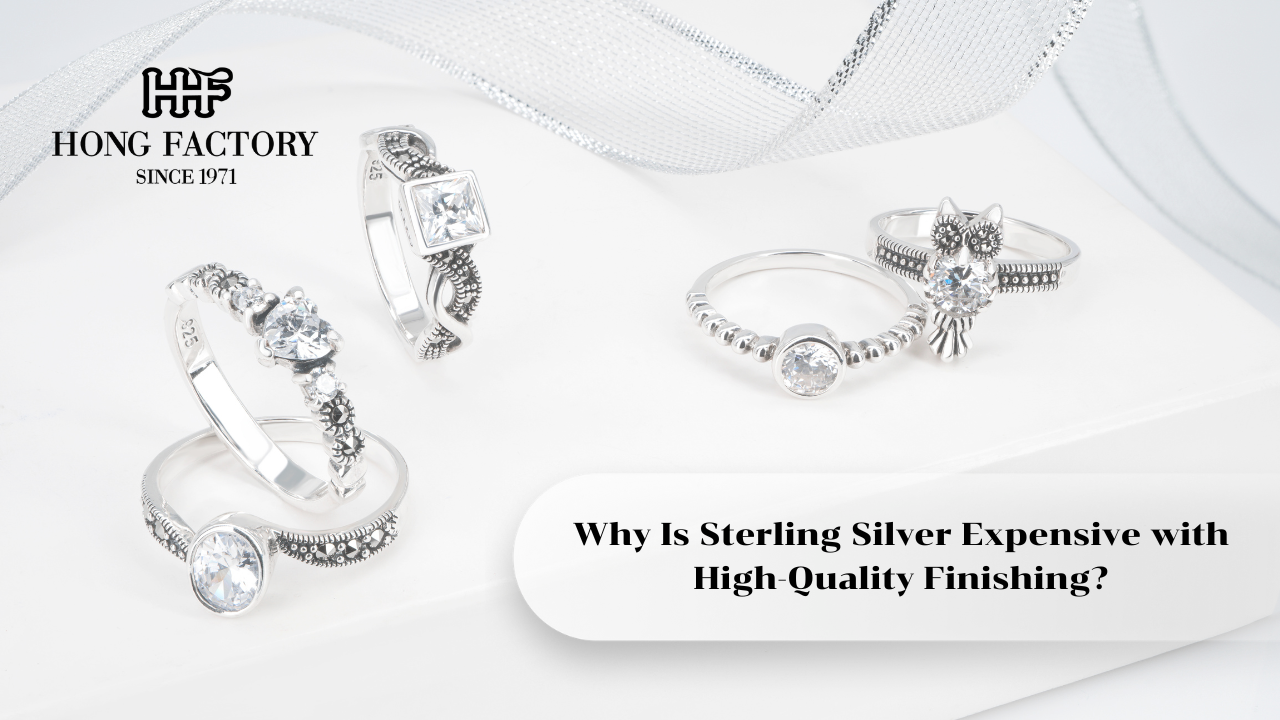Sterling silver is known for its radiant luster and enduring charm, but not all pieces are created equal. One of the main factors influencing its price is the quality of finishing. When silver jewelry undergoes expert polishing, detailing, and surface treatment, it transforms from a simple metal into a luxurious piece of art. Many buyers wonder why is sterling silver expensive when it comes with high-quality finishing? The answer lies in the craftsmanship, labor, and precision that enhance both its beauty and longevity. Is sterling silver real
What Is Sterling Silver?

Sterling silver is made up of 92.5% pure silver and 7.5% other strengthening metals, usually copper. This alloy ensures durability while preserving silver’s signature shine. Authentic sterling silver pieces carry a “925” stamp, signifying their purity.
However, what truly sets high-quality sterling silver jewelry apart is the finishing process. It’s not just about polishing it’s about creating a flawless, mirror-like surface that reflects light beautifully and enhances every detail of the design.
Is Sterling Silver Expensive?
The question “Is Sterling Silver Expensive” often depends on the craftsmanship behind each piece. While sterling silver is more affordable than gold or platinum, jewelry with exceptional finishing commands a higher price because of the precision and time invested in achieving that level of perfection.
Reasons sterling silver becomes expensive with high-quality finishing include:
- Expert craftsmanship: Polishing and finishing require skill and years of experience.
- Time-intensive process: Multiple polishing stages create a smooth, flawless appearance.
- High-quality materials: Premium compounds and equipment are used to achieve superior shine.
- Durability enhancement: Professional finishing protects the metal from tarnish and wear.
- Luxury presentation: A perfect finish adds perceived value, making the piece look more refined.
Each of these elements contributes to the premium price of sterling silver jewelry that gleams with professional brilliance.
The Importance of Finishing in Jewelry Making
Finishing is the final and most crucial step in jewelry production. It defines the overall appearance, texture, and feel of the piece. High-end jewelers often spend more time on finishing than on shaping or assembling the metal.
The process may include several stages such as filing, sanding, buffing, and polishing with various grades of abrasives. Each step removes imperfections, sharp edges, or casting marks, leaving a seamless and radiant surface. This labor-intensive effort gives high-quality sterling silver its unmistakable shine.
Types of Finishing Techniques
High-quality sterling silver jewelry may feature a variety of finishes, depending on the desired aesthetic. Some common finishing types include:
- High polish finish: Creates a reflective, mirror-like surface that enhances shine.
- Matte or satin finish: Offers a soft, understated look with minimal reflection.
- Oxidized finish: Adds depth and vintage character through intentional darkening.
- Brushed finish: Produces fine, parallel lines for a modern, textured appearance.
Each finish type requires a different set of tools, techniques, and precision levels all of which impact the overall cost.
The Role of Technology and Handcraft

Modern silver finishing combines traditional craftsmanship with advanced technology. Laser polishers, ultrasonic cleaners, and specialized buffing tools are often used to achieve uniform perfection. However, human touch remains irreplaceable. Hand-polishing brings out a unique radiance that machines alone cannot replicate.
Luxury jewelry houses often employ expert artisans who specialize solely in metal finishing. Their expertise ensures consistency, durability, and brilliance in every piece.
Sterling Silver vs. Inexpensive Finishes
Not all silver jewelry receives high-quality finishing. Inexpensive or mass-produced pieces often skip critical steps, leaving visible imperfections, uneven surfaces, or dull tones. These items may look appealing initially but tarnish quickly or lose their shine.
In contrast, well-finished sterling silver jewelry maintains its brilliance for years. The superior surface treatment also slows oxidation, reducing the need for constant maintenance. Buyers who invest in professionally finished silver are essentially paying for lasting beauty and durability.
The Luxury of Hand-Finished Jewelry
Hand-finishing gives sterling silver jewelry an artisanal quality that sets it apart. Each piece is inspected, polished, and perfected individually. This attention to detail not only enhances its appearance but also makes it unique.
Collectors and connoisseurs value hand-finished jewelry for its craftsmanship and individuality. The human element adds soul to each creation, making it more than just an accessory it becomes wearable art.
Longevity and Care
High-quality finishing extends the life of sterling silver jewelry. The smoother the surface, the less likely it is to trap dirt or moisture that causes tarnish. A well-finished piece can last for decades with minimal upkeep.
To preserve its shine, simple care tips include:
- Cleaning gently with a soft polishing cloth.
- Storing in a dry, anti-tarnish pouch.
- Avoiding contact with harsh chemicals or perfumes.
These steps help maintain the professional finish and protect your jewelry’s long-term value.
Sterling silver’s price reflects more than just the metal it represents artistry, craftsmanship, and attention to detail. High-quality finishing transforms a standard silver piece into a premium, lasting treasure.
So, while sterling silver may appear simple, the meticulous polishing, precision, and care invested in achieving a flawless finish make it worth every penny. When you see that mirror-like glow, remember you’re not just seeing silver; you’re witnessing the result of dedication, skill, and timeless beauty.
